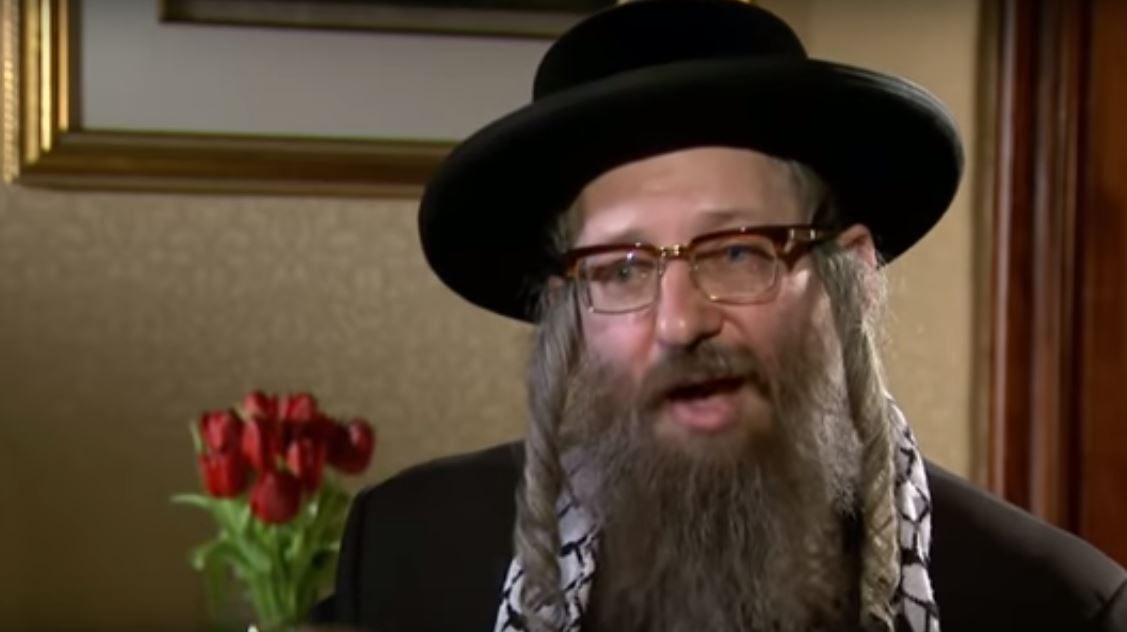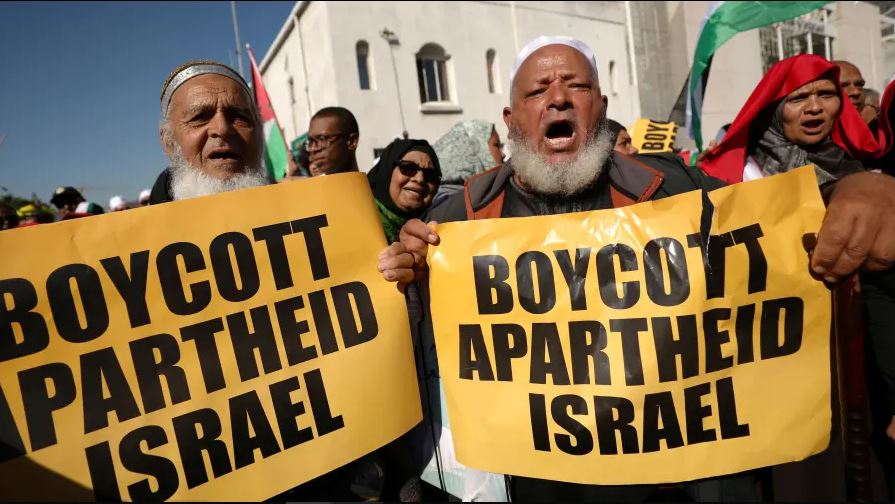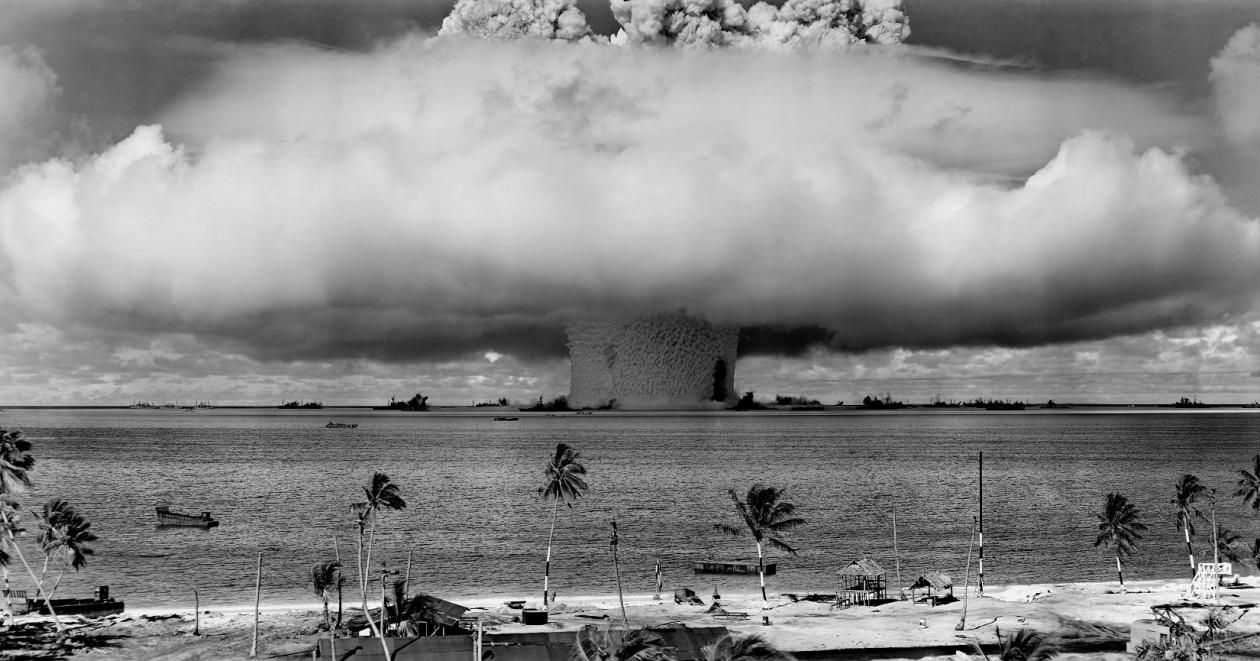
Since 1963, more than 22 African presidents, then in power, have been assassinated by France, many of them asserted their independence and refused to go along with the colonial power.
The latest of these leaders being Muammar Gaddafi. Most of the coups and assassinations were carried out by the SDECE, the DGSE and the DST. These are three French intelligence services that have the reputation of carrying out coups and murders in Africa.
Since Charles de Gaulle, the French authorities have been denigrating Africans in this way. Count the number of coups that France has plotted and carried out in Africa, it deserves at least a complaint to the International Criminal Court against the French state.
French crimes are well known and documentaries flood French and African television stations documenting how France wantonly murders, imprisons and loot in Africa. The External Documentation and Anti-Espionage Service (SDECE) is in charge of France’s misinformation campaigns in Africa.
The DGSE is the main secret service abroad, which is charged with controlling the “Black-skinned governors”, the term France uses to describe African puppet president under its control. There is another DST (Direction of Homeland Security) which deals with the interior and exterior security of France. It is charged with protecting France from ‘the dangers of immigration’. The DST, which is a political police, cooperates with other political police belonging to dictatorships around the world. After the DGSE, the DST and the SDECE, there is the Directorate of Military Intelligence, the agency responsible for France’s military propaganda during conflicts in Africa.
From De Gaulle To Sarkozy
De Gaulle sacrificed African independence for the benefit of France. For four (4) reasons: – the first is the rank of France at the UN with a procession of client states that can vote for France; – the second is access to strategic raw materials such as oil, uranium, gold, wood, cocoa; – the third is the financing of French political life, through levies on official development aid or the sale of raw materials; – and the fourth reason is the role of France as a subcontractor to the United States, basically leasing its influence in Africa to the U.S..
So, for these four reasons, France has put in place a system that denies its former colonies independence. That is the reason why blood continues to flow on the African continent. In Cameroon: The UPC, struggled for independence. Nyobe was crushed between 1957 and 1970 in a bloodbath that left between 100,000 and 400,000 dead. In Togo, more than a quarter century of dictatorship with the complicity of France. Barely three years after the independence of the young Togolese Republic, it was the brutal irruption of the army into political life.
On January 13, 1963, Sylvanus Olympio, the first democratically elected president is assassinated by Sergeant Etienne Eyadema at the head of a clique of former soldiers after the Vietnam War. They made carried out a coup with the support of the French officer who was supposedly responsible for the security of Olympio: they assassinated the president on January 13, 1963. Eyadema Etienne spent more than forty years in power. His reign of terror was reminiscent of Nicolae Ceausescu and he left a country mired in chaos and poverty. He died in 2005, his son Faure Eyadema replaced him and this too was possible only with the support of France. In the Central African Republic There was a promising statesman, Barthélemy Boganda who was died in a mysterious plane crash.
Barthélemy Boganda mysteriously died on March 29, 1959, in an aerial disaster while traveling between Berberati and Bangui. Abel Goumba, Foreign Minister, Minister of State and President of the Governing Council, is set to succeed him. David Dacko, the suspected architect of the death of Barthélemy Boganda with the help a French militia in Bangui, dismissed Abel Goumba from succession.
Abel Goumba then founded an opposition party MEDAC (Movement for Democratic Development of Central Africa). The MEDAC will only have a short duration. David Dacko dissolves the party and imprisons its leaders. The Central African Republic of David Dacko in the grip of serious financial crises (misappropriation of public funds) instead of reacting and acting quickly decides to hand over power to the Chief of Staff Colonel Jean Bedel Bokassa on 1 January 1966.
France installs Bokassa as king and plunders the Central African Republic’s resources. Bokassa eventually fell and died in misery. In the Comoros two assassinated heads of state and two others deposed by mercenary Bob Denard. In Niger, the same day Nigerian leader Hamani Diori threatened to sell the country’s uranium to other countries for a better price than France was paying, he was deposed by a military coup in which he was brutally murdered.
African Leaders Assassinated Because They Refused To Be Puppets Of France
In Gabon, Germain Léon M’ba dies of a cancer in Paris at the hospital Claude Bernard on November 26, 1967.
Like all properly educated African nationalists, he was against the idea that Gabon should be a puppet state controlled by France. M’ba enters active political life as early as 1960 and was immediately labelled as a “dangerous agitator” by French agents and politicians who were still in charge of the country’s security apparatus.
Away from Libreville on an important appointment he was briefly overthrown by Jean-Hilaire Aubame with help from France. On February 19, 1964 under international pressure French paratroopers restored Léon M’ba to the presidency. M’ba resigned from his position to express his disapproval. The case caused international outcry and highlighted the pressure campaign against the neo-colonialist attitude of Paris.
Germain M’ba was rejected by Paris and Libreville, he became a wandering pariah among the Franco-African community. He first fled to Brazzaville where he was expelled shortly thereafter by a puppet government dependent on the services of Jacques Foccart. He settled in Kinshasa, where he was imprisoned for a month. Rejected from Africa, Germain M’ba finally returned to Europe and worked with the newspaper Jeune Afrique, of which he later became deputy editor-in-chief in 1965.
On the night of September 18, 1971 Mr. Germain M’ba former ambassador in Bonn, who was also appointed in Tokyo, returned from the cinema accompanied by his wife and daughter. Mrs. M’ba and her daughter got out of the vehicle and entered the house. As Mr. M’ba closed the door, a man came out of the shadows and fired two shots killing him.
Here is the list of the assassinated African Presidents:
– IN 1963: SYLVANUS OLYMPIO, PRESIDENT OF THE REP. OF TOGO –
– IN 1966: JOHN-AGUIYI IRONSI, PRESIDENT OF THE REP. OF NIGERIA
– IN 1969: ABDIRACHID-ALI SHERMAKE, PRESIDENT OF THE REP. OF SOMALIA
– IN 1972: ABEID-AMANI KARUMÉ, PRESIDENT OF THE REP. FROM ZANZIBAR
– IN 1975: RICHARD RATSIMANDRAVA, PRESIDENT OF THE REP. OF MADAGASCAR
– IN 1975: FRANÇOIS-NGARTA TOMBALBAYE, PRESIDENT OF THE REP. OF CHAD
– IN 1976: MURTALA-RAMAT MOHAMMED, PRESIDENT OF THE REP. FROM NIGERIA
– IN 1977: MARIEN NGOUABI, PRESIDENT OF THE REP. OF CONGO-BRAZZAVILLE
– IN 1977: TEFERI BANTE, PRESIDENT OF THE REP. ETHIOPIA
– IN 1981: ANOUAR EL-SADATE, PRESIDENT OF THE REP. FROM EGYPT
– IN 1981: WILLIAM-RICHARD TOLBERT, PRESIDENT OF THE REP. OF LIBERIA
– IN 1987: THOMAS SANKARA, PRESIDENT OF THE REP. OF BURKINA-FASO
– IN 1989: AHMED ABDALLAH, PRESIDENT OF THE REP. COMOROS
– IN 1989: SAMUEL-KANYON DOE, PRESIDENT OF THE REP. OF LIBERIA
– IN 1992: MOHAMMED BOUDIAF, PRESIDENT OF THE REP. ALGERIA
– IN 1993: MELCHIOR NDADAYÉ, PRESIDENT OF THE REP. FROM BURUNDI
– IN 1994: CYPRIEN NTARYAMIRA, PRESIDENT OF THE REP. OF BURUNDI
– IN 1994: JUVENAL HABYARIMANA, PRESIDENT OF THE REP. OF RWANDA
– IN 1999: IBRAHIM BARRÉ-MAINASSARA, PRESIDENT OF THE REP. OF NIGER
– IN 2001: LAURENT-DESIRED KABILA, PRESIDENT OF THE REP. CONGO-KINSHASA
– IN 2009 JOÃO BERNARDO VIEIRA, PRESIDENT OF GUINEA-BISSAU
– IN 2011: MOUAMMAR KHADAFI, PRESIDENT OF THE REPUBLIC OF LIBYA, ASSASSINED
-africanglobe.net




